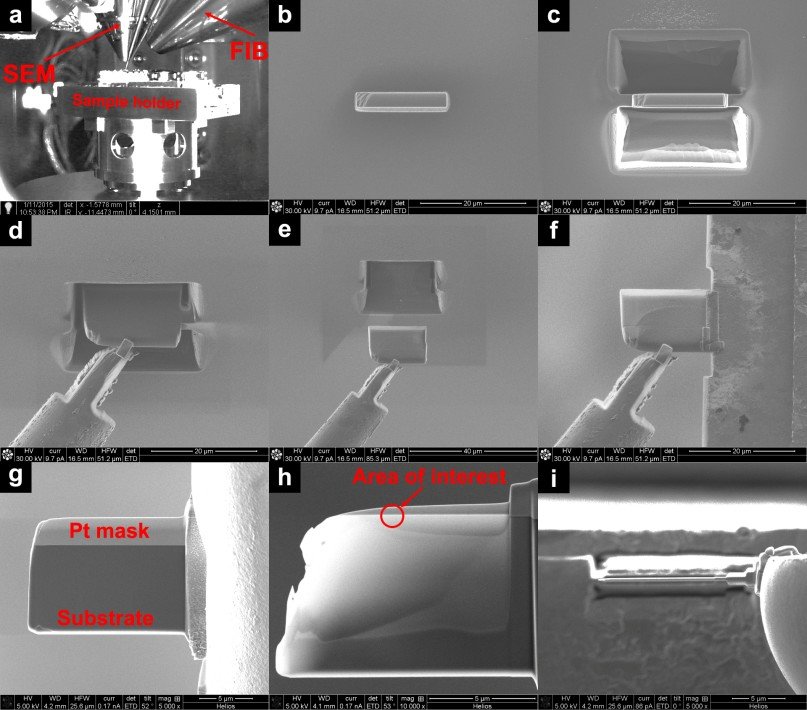 Break IC ATmega461 Eeprom
Break IC ATmega461 Eeprom
Break IC ATmega461 and read Eeprom data and flash program out from microcontroller atmega461, reprogramme heximal file into new atmega461 mcu for cloning,

If Timer/Counter2 is used to wake the device up from Power-save or ADC Noise Reduction mode, precautions must be taken if the user wants to re-enter one of these modes: The interrupt logic needs one TOSC1 cycle to be reset when recover microcontroller pic18f252 program.
If the time between wake-up and re-entering sleep mode is less than one TOSC1 cycle, the interrupt will not occur, and the device will fail to wake up. If the user is in doubt whether the time before re-entering Power-save or ADC Noise Reduction mode is sufficient, the following algorithm can be used to ensure that one TOSC1 cycle has elapsed:
Write a value to TCCR2x, TCNT2, or OCR2x.
Wait until the corresponding Update Busy Flag in ASSR returns to zero.
Enter Power-save or ADC Noise Reduction mode before Break IC.When the asynchronous operation is selected, the 32.768 kHz Oscillator for Timer/Counter2 is always running, except in Power-down and Standby modes. After a Power-up Reset or wake-up from Power-down or Standby mode, the user should be aware of the fact that this Oscillator might take as long as one second to stabilize after recover microcontroller attiny13a hex.
The user is advised to wait for at least one second before using Timer/Counter2 after power-up or wake-up from Power-down or Standby mode and The contents of all Timer/Counter2 Registers must be considered lost after a wake-up from Power-down or Standby mode due to unstable clock signal upon start-up, no matter whether the Oscillator is in use or a clock signal is applied to the TOSC1 pin.
Description of wake up from Power-save or ADC Noise Reduction mode when the timer is clocked asynchronously: When the interrupt condition is met, the wake up process is started on the following cycle of the timer clock, that is, the timer is always advanced by at least one before the processor can break the counter value.
After wake-up, the MCU is halted for four cycles, it executes the interrupt routine, and resumes execution from the instruction following SLEEP.
Breaking of the TCNT2 Register shortly after wake-up from Power-save may give an incorrect result. Since TCNT2 is clocked on the asynchronous TOSC clock, breaking TCNT2 must be done through a register synchronized to the internal I/O clock domain.
Synchronization takes place for every rising TOSC1 edge. When waking up from Power-save mode, and the I/O clock (clkI/O) again becomes active, TCNT2 will break as the previous value (before entering sleep) until the next rising TOSC1 edge.
The phase of the TOSC clock after waking up from Power-save mode is essentially unpredictable, as it depends on the wake-up time. The recommended procedure for breaking TCNT2 is thus as follows:
Write any value to either of the registers OCR2x or TCCR2x.
Wait for the corresponding Update Busy Flag to be cleared.
During asynchronous operation, the synchronization of the Interrupt Flags for the asynchronous timer takes 3 processor cycles plus one timer cycle. The timer is therefore advanced by at least one before the processor can break the timer value causing the setting of the Interrupt Flag if Break IC eeprom.
The Output Compare pin is changed on the timer clock and is not synchronized to the processor clock.